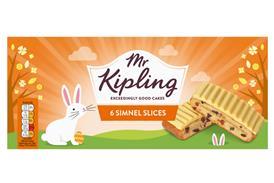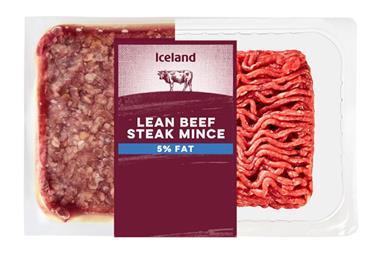In a rational world shoppers would like the widest possible range of products to choose from every brand, size, flavour, variant and pack format known to man.
But, in the real world of multiple retail, shoppers increasingly rely on emotional drivers to make their purchasing decisions. In every aisle they are confronted with communication overload: at the shelf, on packs and through a plethora of POS media.
The fmcg shopping context is very specific; a quick and usually reflex act driven by habit. Average shop time per category is between 20 and 30 seconds, not long to cut through the visual clutter.
So what happens if choice is reduced, if the number of SKUs on shelf is cut by 10%, 20% or even 50%? Do shoppers switch to other brands or variants, or defer their purchase to another occasion?
The broad conclusion from our extensive research is that delisting minor brands and lower-selling SKUs enhances category performance up to a point. Shelves look clearer and beacon brands are more visible, and, as shoppability of segments is improved, trade-in to lower frequency adjacent categories is encouraged.
There are limits to this range rationalisation strategy. If cuts are too deep and choice of core products is weakened, shoppers will increasingly walk away from the fixture. There can be exceptions to this general rule with highly complex categories, such as chocolate and skincare. Woe betide any retailer that delists Turkish Delight or anyone's favourite night cream! In these cases shoppers find it difficult to transfer easily and diversity is a driver in highly involving segments.
Generally, an assortment cut of 20% is a win-win scenario for the category as a whole and especially tier one brands. There is also a clear rationale for more focused choice for retailers through lower out-of-stocks, increased supply chain efficiency and greater negotiating power with major suppliers.
The implications of 'less is more' should send a clear message to mid-ranking brands; unless they continue to innovate and offer consumers a clear USP, times are about to get a whole lot tougher.
Andy Rushforth is director shopper research, In Vivo BVA.
But, in the real world of multiple retail, shoppers increasingly rely on emotional drivers to make their purchasing decisions. In every aisle they are confronted with communication overload: at the shelf, on packs and through a plethora of POS media.
The fmcg shopping context is very specific; a quick and usually reflex act driven by habit. Average shop time per category is between 20 and 30 seconds, not long to cut through the visual clutter.
So what happens if choice is reduced, if the number of SKUs on shelf is cut by 10%, 20% or even 50%? Do shoppers switch to other brands or variants, or defer their purchase to another occasion?
The broad conclusion from our extensive research is that delisting minor brands and lower-selling SKUs enhances category performance up to a point. Shelves look clearer and beacon brands are more visible, and, as shoppability of segments is improved, trade-in to lower frequency adjacent categories is encouraged.
There are limits to this range rationalisation strategy. If cuts are too deep and choice of core products is weakened, shoppers will increasingly walk away from the fixture. There can be exceptions to this general rule with highly complex categories, such as chocolate and skincare. Woe betide any retailer that delists Turkish Delight or anyone's favourite night cream! In these cases shoppers find it difficult to transfer easily and diversity is a driver in highly involving segments.
Generally, an assortment cut of 20% is a win-win scenario for the category as a whole and especially tier one brands. There is also a clear rationale for more focused choice for retailers through lower out-of-stocks, increased supply chain efficiency and greater negotiating power with major suppliers.
The implications of 'less is more' should send a clear message to mid-ranking brands; unless they continue to innovate and offer consumers a clear USP, times are about to get a whole lot tougher.
Andy Rushforth is director shopper research, In Vivo BVA.













No comments yet